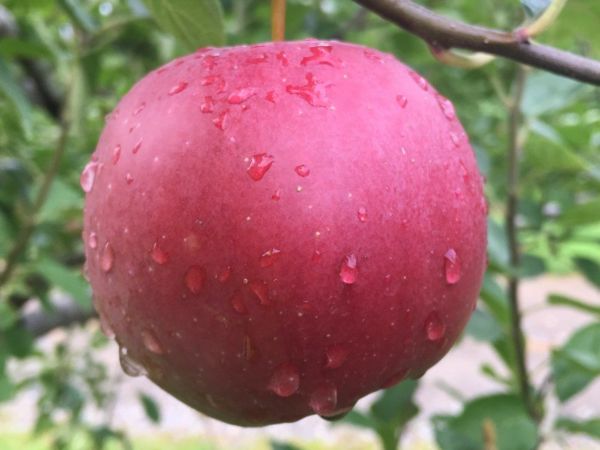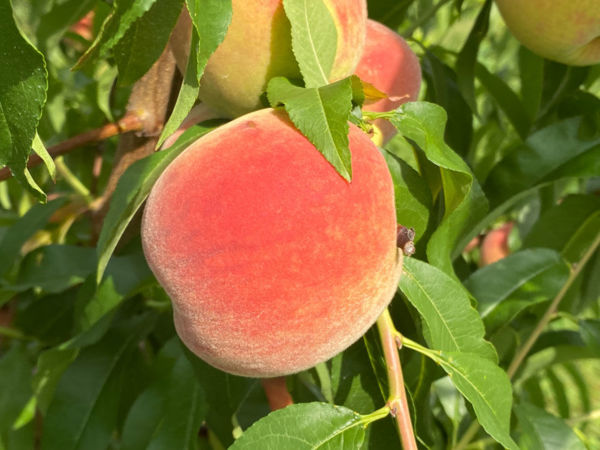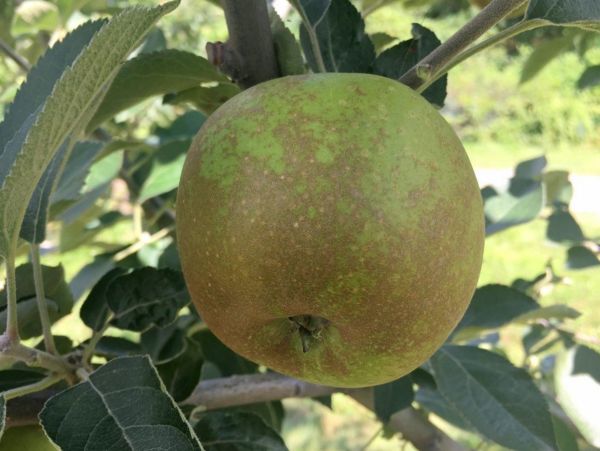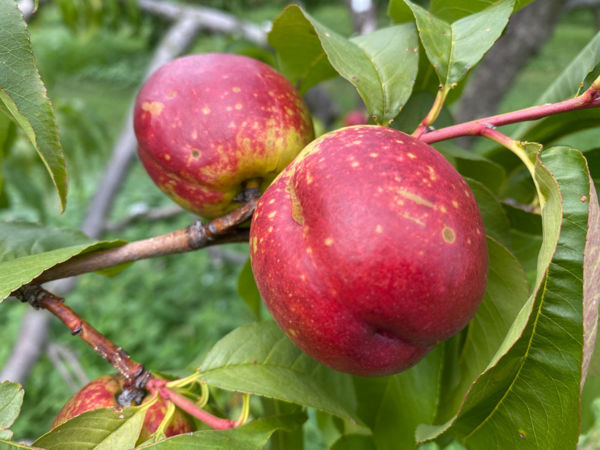An attractive, highly disease-resistant apple, ideal for organic growers.
Preparing Scion and Rootstock for Grafting
Follow this important checklist before proceeding to our grafting instructions!
- Collect your scion wood while it is dormant. It's best to collect wood well before the buds swell in the spring. The further south you are, the earlier you should collect scion. However, don’t cut scion when temperatures are below 20°F.
- One year wood (last season's growth) is the easiest to use. Ideally sticks that are about 18"- 36" in length and about pencil width (1/4" diameter). This type of wood will only be found on trees that were pruned the previous winter. If you don't have this type of wood, don't panic. Older wood works, but it's just not as easy to work with. Water sprouts make great scion, but be careful not to collect any suckers from below the graft union.
- Keep your scion cool and moist. Wrap it in a damp towel and put it in a plastic bag. A typical refrigerator is 37ºF and this is perfect, but only if there is no fruit in the fridge. Fruit emits ethylene gas, which will damage your scion.
- When your rootstock arrives, store it correctly. You need to keep the rootstock cool and the roots moist. If you have a room that's about 45°F then that is perfect. Take them out of the box and wrap the roots in a plastic bag with some moist sawdust. You could just leave them in the shipping plastic and they will be fine.
Time to graft. See our grafting instructions. We recommend using the whip and tongue method for dormant bench grafting.
Featured Products
A few things we're loving right now...
Carolina Belle Peach on BY520-9. Nematode Resistant Peach/nectarine
A full-flavored, freestone white peach.
Roxbury Russet Apple on G.935
One of America's oldest apples, good for storage, baking, and cider.
Fantasia Nectarine on BY520-9. Nematode Resistant Peach/nectarine
A widely-grown, large, yellow-fleshed nectarine.












